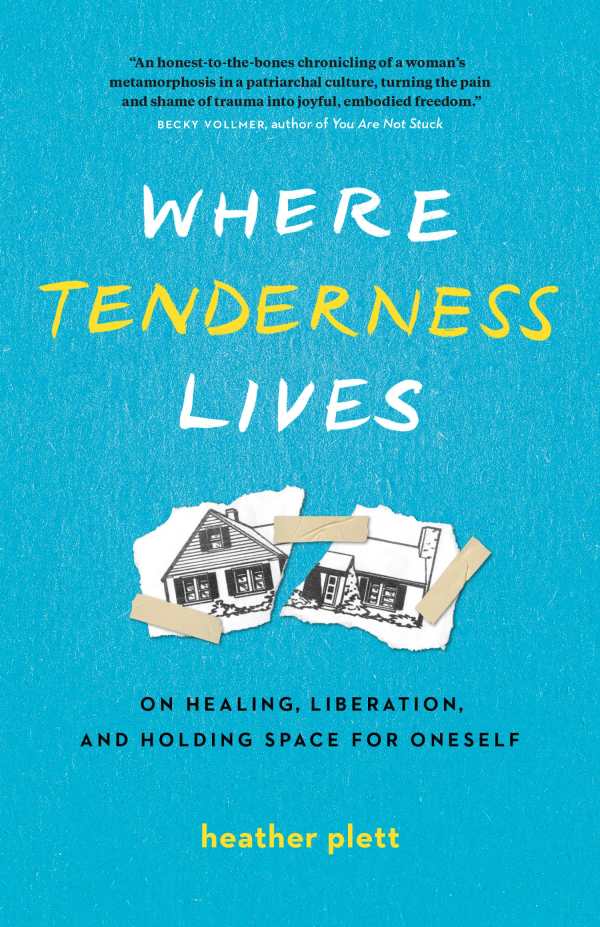Where Tenderness Lives
On Healing, Liberation, and Holding Space for Oneself
A memoir about overcoming negative beliefs inculcated by family, church, and society, Where Tenderness Lives empowers others in their searches for authenticity too.
Heather Plett’s memoir Where Tenderness Lives is a powerful story of liberation from religion, patriarchy, and social expectations.
Raised in a conservative Mennonite family, Plett’s early life was marked by guilt, shame, and longing for the love that her mother, who almost died giving birth to her, could not give. As a result, Plett grew up feeling unprotected, unloved, and unworthy. Then, at twenty-two, she survived a violent rape and strangulation; the event stretched on for two hours. In subsequent years, Plett experienced frequent flashbacks to her rapist’s hands around her throat. Later, her traumas were exacerbated by her marriage to a man who was insensitive to her boundaries regarding intimacy.
Here, Plett writes about her struggle to overcome the negative beliefs inculcated in her by family, church, and society. She took steps including a divorce, exercising agency by refurbishing her house, and learning to be an empty nester when her three children came of age. In time, she came to healing realizations, such as that her use of psychology to deal with her rapist did not make her complicit. She learned to celebrate the courage and clear thinking that saved her life.
When the book shifts its focus to Plett’s inner conflicts, some of its meditations are prolonged. It covers the conflicting emotions that kept Plett imprisoned, as well as external tools for control like the fear of hell and the fear of wounding her mother by speaking hard truths. Church teachings that emphasized submissiveness exercised control over her too. Questions for reflection are included at the end of each chapter to encourage others toward similar contemplation at personal, communal, cultural, and spiritual levels, such as “What healing do you need? If you’re ready for it, what healing do you wish for other people?”
Plett’s personal lessons become a model for others. Indeed, the book zooms out to address the abuse of women that is systemic in patriarchal cultures, as with the short story that’s used to bookend the text, “The Girl with the Velcro Dress”; it’s a tale about how family, church, society, patriarchy, and capitalism affix their cumbersome expectations, hopes, rules, and demands on women. When the story repeats, changes in its second version suggest hope for peeling away all that is inauthentic in order to nurture one’s authentic self with tenderness.
Where Tenderness Lives is a compelling memoir about surviving trauma and living with power, confidence, and joy.
Reviewed by
Kristine Morris
Disclosure: This article is not an endorsement, but a review. The publisher of this book provided free copies of the book and paid a small fee to have their book reviewed by a professional reviewer. Foreword Reviews and Clarion Reviews make no guarantee that the publisher will receive a positive review. Foreword Magazine, Inc. is disclosing this in accordance with the Federal Trade Commission’s 16 CFR, Part 255.

